The content of the article
Unfortunately, adenoids today are one of the most common problems in children 3-7 years old. Moreover, over time, the disease progresses and becomes younger. Today, every second child comes to the otolaryngologist with the adenoid problem. And not in vain - the treatment taken on time will allow you to get rid of adenoids, and a neglected condition can lead to real problems and a significant deterioration in the quality of life of the baby. Today we’ll talk about what are adenoids, how and why they appear, what to do with it and whether to remove adenoids in a child.
What are adenoids
Adenoids - this is not an organ, the so-called pathological increase in lymphoid tissue in the nasopharynx. Between the pharynx and nose there is a nasopharyngeal tonsil, which is part of the pharyngeal ring. An organ is a shapeless substance in the form of a sponge. The tonsil has a very important function - it protects the pharynx from various microbes that enter the body along with air, food, water. It produces lymphocytes, which are necessary for a person to form immunity. Tonsil enlargement is called hypertrophy of adenoids, and when this important part of the body becomes inflamed, adenoiditis is diagnosed. As a rule, adenoids are a concomitant symptom of some other disease, however, this can develop into an independent chronic problem that prevents the child from living and breathing normally. Adenoids, as a rule, appear in children under 10 years old, with age, the size of this tonsil decreases, sometimes in adults it disappears completely. But for children this is an indispensable organ, because up to 5 years the child is faced with a huge number of viruses, bacteria, microbes - this is how his immunity is formed.
Why are adenoids increasing
An increase in the nasopharyngeal tonsil and the proliferation of lymphoid tissue is quite typical for colds, and especially viral diseases. A child with ARVI cannot breathe through his nose, but this usually lasts no more than a week. In what other cases is an increase in adenoids observed and why the tissues do not decrease for a long time, let's try to figure it out.
- Frequent colds. If the child is constantly forced to contact with infected people, he often gets sick, especially when the immune system is weak. At the same time, tonsils simply do not have time to bounce back, they are constantly in swollen form. A similar condition is often observed in weak children who go to kindergarten.
- Infection. Many infectious diseases, among other symptoms, have just such a manifestation - enlarged adenoids. If suddenly the child stopped breathing through the nose, but there is no discharge from the nose, you need to examine the baby for a rash, monitor the temperature. Adenoids can be enlarged with scarlet fever, flu, measles, mononucleosis, diphtheria, rubella, whooping cough, etc.
- Allergy. The constant presence of the tonsils in an enlarged and inflamed state may indicate regular contact with the allergen. That is, adenoids are a response to mucosal irritation. Anything can be an allergen - food, plant pollen, dust, animal hair, etc.
- Reduced immunity. If the child is weak, does not walk in the fresh air, does not have a healthy and nutritious diet, if he constantly suffers from chronic and infectious diseases, his immunity is very weak. The body's defenses are also reduced if the child breathes dry and hot air, if he lives in poor environmental conditions, if he is surrounded by dust.Frequent use of sweets, preservatives and artificial colors, flavors, overeating is very detrimental to the state of the body.
- Complications Often, the child’s tendency to the appearance of adenoids is a consequence of various problems in the mother during the period of bearing the baby. This is the use of antibiotics, fetal injury, intrauterine hypoxia, the use of potent drugs, drugs or alcohol, especially in the early stages of pregnancy.
- Heredity. Sometimes the structure of lymphoid tissue and its predisposition to increase are genetically incorporated. Namely, a pathology called lymphism. This leads to a deterioration in the normal functioning of the thyroid gland - the child becomes lethargic, lethargic, easily gaining weight.
- Breast-feeding. It has long been proven that in a child fed with breast milk at least six months before, it has a much stronger immunity, antibodies to various pathogens are formed in the body.
All these reasons can trigger the occurrence of adenoiditis in children. But how is it manifested? How to recognize the disease in time and start adequate treatment?
How to understand that a child has adenoids
Here are some characteristic symptoms that may indicate the development of this diagnosis.
- First of all, this is the inability to breathe through the nose. The child is forced to constantly breathe through his mouth, especially during sleep. Because of this, the baby’s sponges are often dried, crusts and sores appear on the delicate skin of the lips. In a dream, the baby constantly keeps his mouth open, his head, as it were, is thrown back.
- Breathing through the mouth is a very uncomfortable process, especially if the baby is forced to breathe so constantly. Because of this, the child experiences mood swings, he feels bad. Lack of oxygen leads to headaches, increased fatigue, drowsiness, loss of appetite.
- Due to nasal congestion, breast-fed babies cannot suckle a breast or a bottle normally — they have to constantly come loose for breathing, and often babies lose weight due to this.
- For obvious reasons, the child can not smell, the smell of cutting is reduced.
- Obstruction in the nose does not allow the child to sleep normally - you can hear characteristic snoring, sniffling, constant air delays, trembling, asthma attacks. The child sleeps weakly, constantly wakes up with crying.
- The mucous membrane of the mouth dries up when breathing, because it is not intended for such a load. In the morning, the child has a barking cough until he drinks some water.
- The timbre of the child’s voice also changes, he begins to gundos.
- A person needs a nose in order to cleanse and warm the inhaled air. But since the nose is closed, the air enters the body cold and dirty. This leads to frequent inflammation of the respiratory organs, bronchitis, pharyngitis, tonsillitis, etc.
- An inflamed tonsil with a significant increase closes not only the nasal passages, but also the passage between the nasopharynx and the ear cavity. Because of this, frequent otitis media, pain in and shooting in the ear, often a long course of the disease often leads to hearing loss.
- Acute adenoiditis occurs most often against the background of the common cold, it is accompanied by high fever and mucus from the nose.
To diagnose the disease, the first thing you do is see a doctor. He examines the nasal passages, opening them with a special tool. An examination of the throat is required - the child is asked to swallow - while the soft palate moves, and the adenoids vibrate slightly. Also, a back (internal) throat examination is often performed using a special mirror, however, in many children, a gag reflex occurs. One of the most modern and informative ways to make out adenoids of your child or patient is to use an endoscope.Adenoids will be clearly displayed on the screen, it will be possible to see their size, set the degree of development of the disease with accuracy and examine the mucus and blood on the surface, if any.
There are three stages of tonsil enlargement. The first stage of adenoids - they block the nasal passage by no more than a third, the child can breathe independently only during wakefulness, while taking a horizontal position, breathing is laid. The second degree - breathing is blocked by more than half, the child has difficulty breathing during the day, and does not breathe through his nose at night. The last, third stage is the complete or almost complete absence of nasal breathing. A long stay of the child in the third stage is an indication for the removal of adenoids.
Medication for adenoids
In the fight against adenoids, the main thing is a phased and patient implementation of doctor's prescriptions. With the first and second degree of increase in adenoids, the disease can be coped with medication, even if it is a chronic course of the disease.
If adenoids are enlarged against the background of another disease, then all treatment is reduced to fighting the main ailment, in which case adenoids quickly return to normal. For example, with mononucleosis, adenoids are very pronounced, the child can not draw a breath through the nose. But the treatment of the disease is carried out mainly with the help of antibacterial therapy, in this case, the penicillin group. In other cases of acute and chronic adenoiditis, the following medications can be used to help open nasal breathing.
- Antihistamines. They are definitely needed, and not only for allergies. Antihistamines reduce the swelling of the mucosa and tonsils by 20-30%, allows the child to breathe through his nose at least a little. You can give your baby what is at home, of course, observing the dosage - it can be Zirtek, Zodak, Suprastin, Lordes, Allergid, Fenistil, etc.
- Nasal lavage. In pharmacies there are special solutions and sprays that wash away excess mucus, bacteria, viruses from adenoids, and also perfectly moisturize the mucous membrane. Among them, Aquamaris, Humer, Morimer can be noted. If desired, you can rinse your nose with a simple salty water.
- Vasoconstrictor drugs. For ease of use, they are usually presented in the form of a spray or drops. Such medications must be used, especially before bedtime. Unfortunately, they cannot be used for more than 5 days. It must be remembered that such drugs are used only to relieve the symptom - they do not have a therapeutic effect. Infants can only use drugs that are acceptable for their age. Among the effective vasoconstrictors, Naphthyzin, Sanorin, Rinazolin, etc. can be distinguished.
- Hormonal drops and sprays. This group of drugs helps when all the others can no longer cope with severe swelling in the nose. It is important to take them strictly according to the instructions - they can be addictive. Among such funds, Nazonex, Hydrocartisone, Flix, etc. can be distinguished.
- Antiseptics. They are especially necessary if the increase in adenoids is caused by a viral or bacteriological nature. Among them, I would like to note Protorgol, Sofradeks, Albutsid, Isofra, etc.
For exhausted and dried nasal mucosa, you can use various oils - for example, sea buckthorn. A very effective drug on a vegetable oil basis - Pinosol. In the fight against sinusitis of various nature, use Sinupret - in drops or tablets. This is also an effective herbal preparation that can be given even to small children. Immunomodulators or vitamins are mandatory for taking to strengthen the general condition of the baby.
How to cure adenoids
Here are some more effective ways to deal with adenoids that are not associated with the use of medications.
- Be sure to use proven homemade drops in the nose to combat nasal congestion - this is diluted juice of aloe, Kalanchoe, onion and garlic.Rinse your nose with salt water using a syringe, a small kettle, or simply inhaling water with one nostril.
- It is very useful to make inhalations - using a nebulizer or the old fashioned way with a basin of hot water. As the main therapeutic fluid, you can use antiseptic drugs, decoctions of herbs, just salt water. It is advisable to explain to the child that he must breathe through his nose.
- If there is a physiotherapy room nearby, it is very useful to undergo treatment with various procedures. A tube, laser therapy, UHF, electrophoresis will help to cope with enlarged adenoids.
- Try to take the child once or twice a year for treatment to the sea or to the mountains. Climate change has a very positive effect on children's health with a similar diagnosis. It is useful to be treated in sanatoriums located in coniferous forests. Be sure to take several courses of visits to salt caves.
- Find an experienced massage therapist who will massage your collar and neck. This contributes to a rush of blood to the nasopharynx and accelerates the process of resorption of adenoids. It is very useful to do breathing exercises after the massage.
- Be sure to strengthen the child’s immunity - you need to ensure proper and healthy nutrition for him, you need to temper the child, often walk with him in the fresh air, moisten and ventilate the room, etc. Be sure to timely treat diseases of the upper respiratory organs and caries - foci of inflammation can lead to a chronic increase in adenoids.
Remember, complex therapy is prescribed only by a doctor. With effective treatment, you can get rid of adenoiditis of the first and (less often) second degree. The third degree is treated conservatively only with obvious contraindications to the removal of adenoids. In other cases, the third and second degree needs surgical intervention.
Adenoid Removal
Many parents are afraid of this operation, and in vain. Modern equipment allows you to remove adenoids under general anesthesia, the child leaves home on the same day. Adenoid removal is indicated if the baby cannot breathe through the nose on its own, if often the disease ends with complications in the ears, if the child stops breathing at night. You need to understand that this simple operation significantly improves the quality of life of the child. Adenoids are not removed if the baby has serious diseases of the heart, blood, congenital malformations of the hard and soft palate. Also, adenoids should not be removed during the flu and colds season, or quarantined during recovery from surgery.
Adenoids are a serious pathology that requires timely treatment. Do not ignore nasal congestion in the child. With proper therapy with adenoids, it is quite possible to cope. But if you have a second or third degree of increase in adenoids - do not be afraid of surgery, this will help the child live a normal life again. The most important thing is to find a good doctor to whom you can entrust the most important thing - the health of your baby.
Video: how to treat adenoids in children


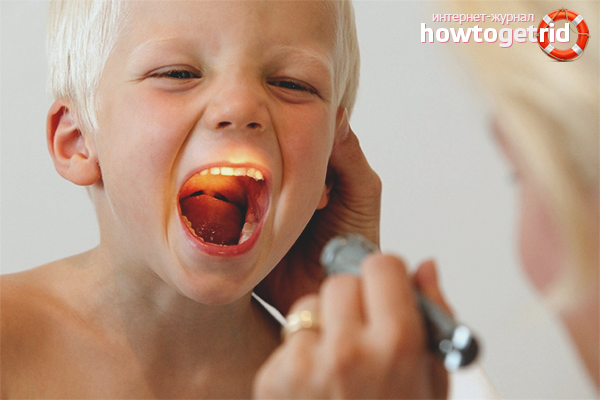
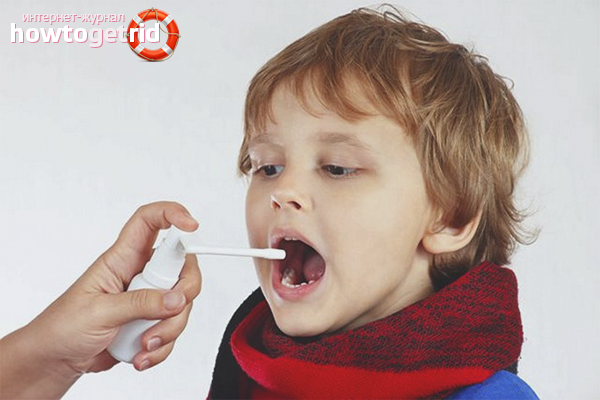
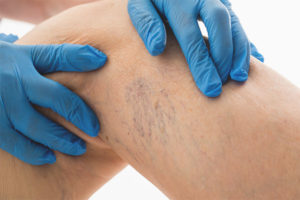
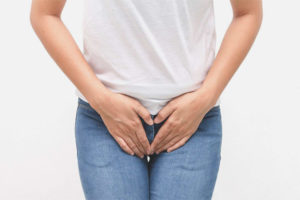
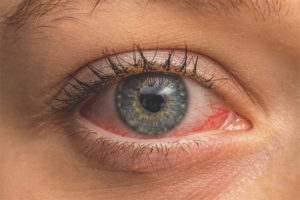


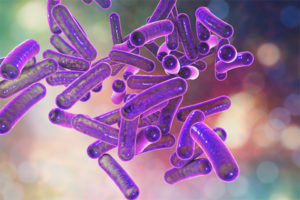
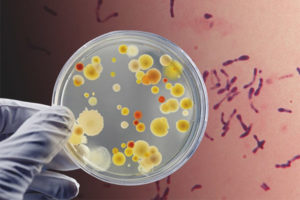

Submit